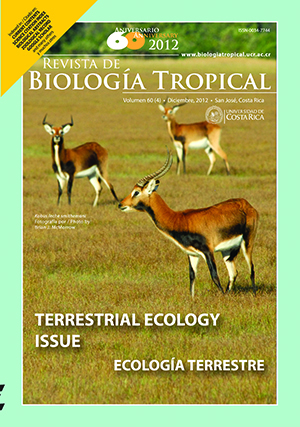Abstract
The Snout Otter Clam, Lutraria philippinarum is a regularly harvested bivalve species for food and also as a source of income in the Philippines. For sustainable supply of this resource in the wild, efficient and effective management strategies are needed, and the evaluation of its reproductive biology and fishery are required. In this study, the reproductive biology and fishery of L. philippinarum in the Philippines were examined monthly from January to December 2010 in North Bais Bay, Manjuyod, Negros Oriental and Philippines. For reproductive biology, otter clams were sampled, and sex ratio (by microscopic observation), size at sexual maturity, shell length (with a vernier caliper), gonad development (by histological examination as resting, developing, mature, spawning and spent) and spawning season were determined. Other information such as water temperature, salinity, pH and dissolved oxygen were also measured. To obtain information on the L. philippinarum fishery, interviews were conducted in Negros Oriental, Bohol, Cebu and Sarangani. A total of 677 snout otter clams were sampled. The study showed that L. philippinarum sex ratio was 1:1.15 and showed no significant difference from 1:1 ratio. Males attained its first sexual maturity at 43mm shell length while the females at 46mm. Histological examination on gonad development indicated that gametogenesis, maturation and spawning season of L. philippinarum occurred throughout the year with two spawning peaks, January and June. Changes in water temperature in North Bais Bay may have influenced the spawning peaks of L. philippinarum. Data on the fishery of L. philippinarum revealed that the Catch Per Unit Effort of L. philippinarum in the Philippines ranged from 0.2kg/hr-man to 1.25kg/hr-man suggesting low shell catch. We recommend that some mature individuals have to be left in the population to allow in situ breeding.##plugins.facebook.comentarios##

This work is licensed under a Creative Commons Attribution 4.0 International License.
Copyright (c) 2012 Revista de Biología Tropical
Downloads
Download data is not yet available.






